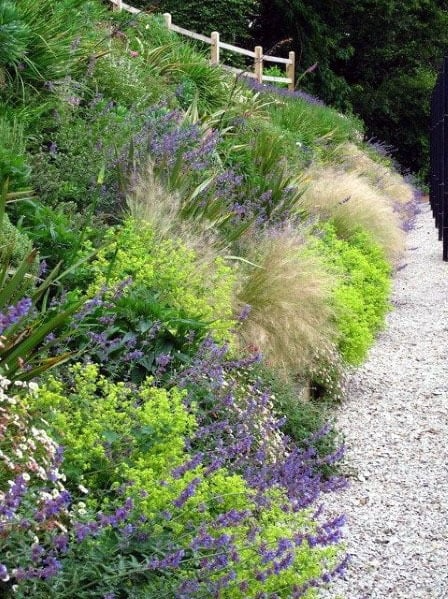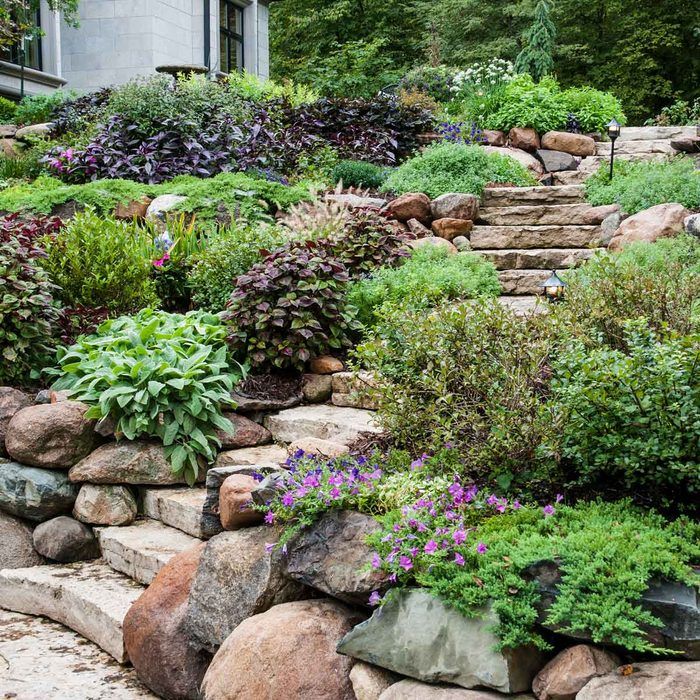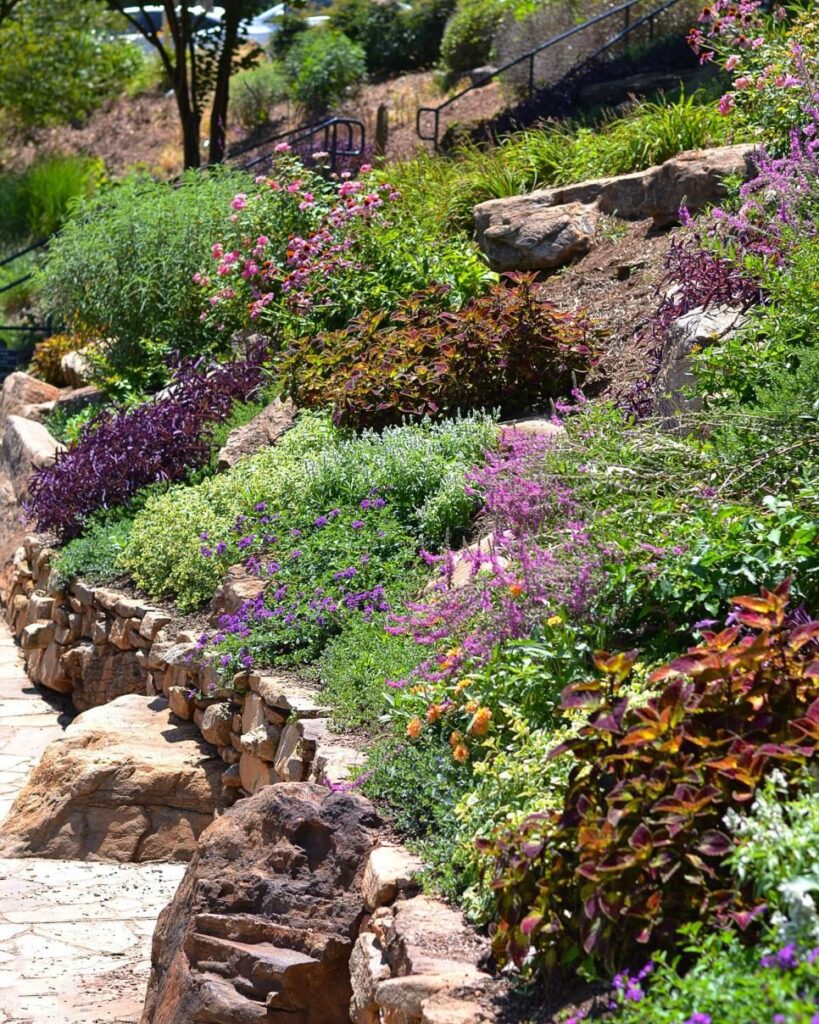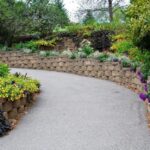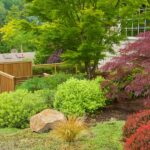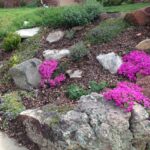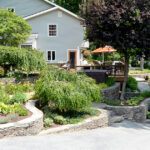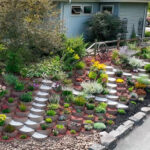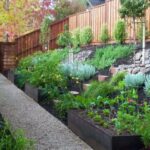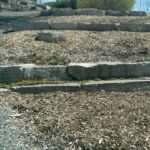Landscaping on a slope can present some unique challenges, but with proper planning and execution, it can also result in a stunning and visually interesting outdoor space. When landscaping a sloped area, it is important to consider erosion control, water management, and plant selection to ensure the long-term stability and beauty of the project.
One of the first considerations when landscaping on a slope is erosion control. Sloped areas are prone to erosion due to water runoff and the potential for soil to wash away. To combat erosion, terracing or retaining walls can be installed to create level areas for planting and prevent soil erosion. Additionally, installing erosion control fabric and planting ground cover plants can help stabilize the soil and prevent erosion.
Proper water management is also crucial when landscaping on a slope. Sloped areas can be prone to both drought and excessive water runoff, so it is important to consider how water will flow through the landscape. Installing drainage systems, such as French drains or dry creek beds, can help redirect and manage water flow on a sloped site. Additionally, using drought-tolerant plants and incorporating water-saving irrigation systems can help conserve water and promote healthy plant growth.
When selecting plants for a sloped landscape, it is important to choose varieties that are well suited to the specific conditions of the site. Plants with deep root systems and those that are drought-tolerant are good options for sloped areas, as they can help stabilize the soil and thrive in challenging conditions. Ground cover plants, such as creeping phlox or creeping thyme, are also good options for landscaping on a slope, as they help prevent erosion and add visual interest to the site.
Incorporating hardscaping elements, such as pathways, stairs, and retaining walls, can help add structure and functionality to a sloped landscape. Pathways can help define different areas of the landscape and provide access to different levels, while stairs can help navigate steep slopes. Retaining walls can provide both aesthetic appeal and structural support, helping to create level areas for planting and prevent soil erosion on a slope.
Overall, landscaping on a slope requires careful planning and consideration to create a beautiful and functional outdoor space. By addressing erosion control, water management, plant selection, and hardscaping elements, a sloped landscape can be transformed into a visually stunning and sustainable outdoor space. With proper planning and execution, landscaping on a slope can result in a unique and inviting outdoor space that enhances the beauty of the natural landscape.
